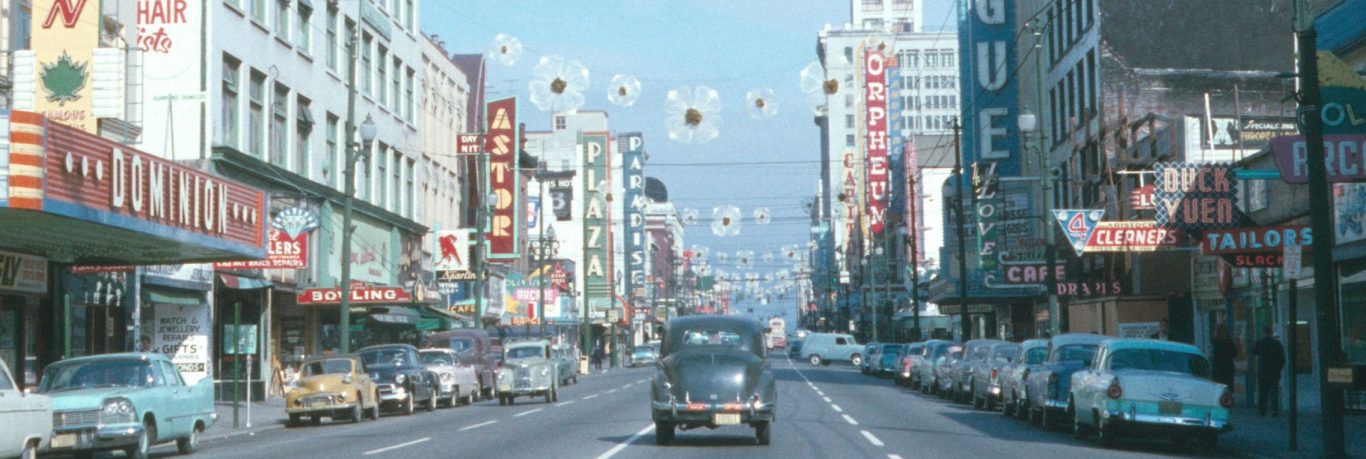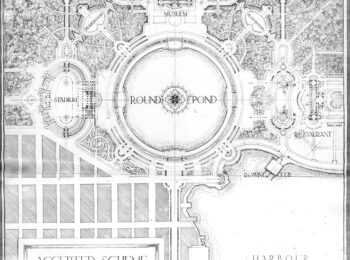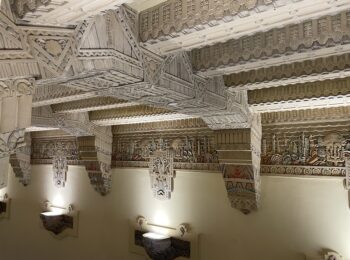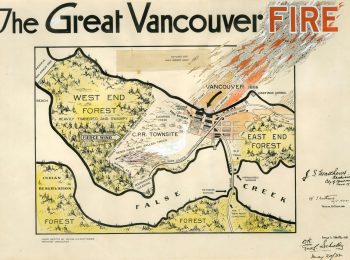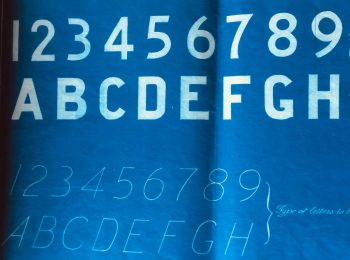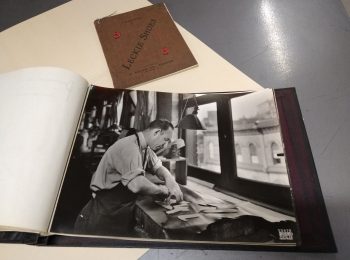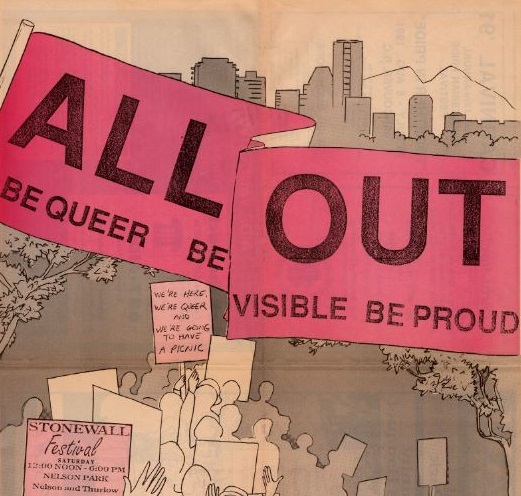At the end of May I attended the Society for the Study of Architecture in Canada’s (SSAC) annual conference held this year in Ottawa. The SSAC “is a learned society devoted to the examination of the role of the built environment in Canadian society,”1 and is comprised of historians, archivists, architects, and others interested in architecture. This year marks its 50th conference – a significant milestone, not just in terms of number of years, but because its first conference, held in 1974, provided for grounds from which the body of literature surrounding architectural archives sprang. Prior to this very little literature existed on the intersection between archives and architecture.2,3
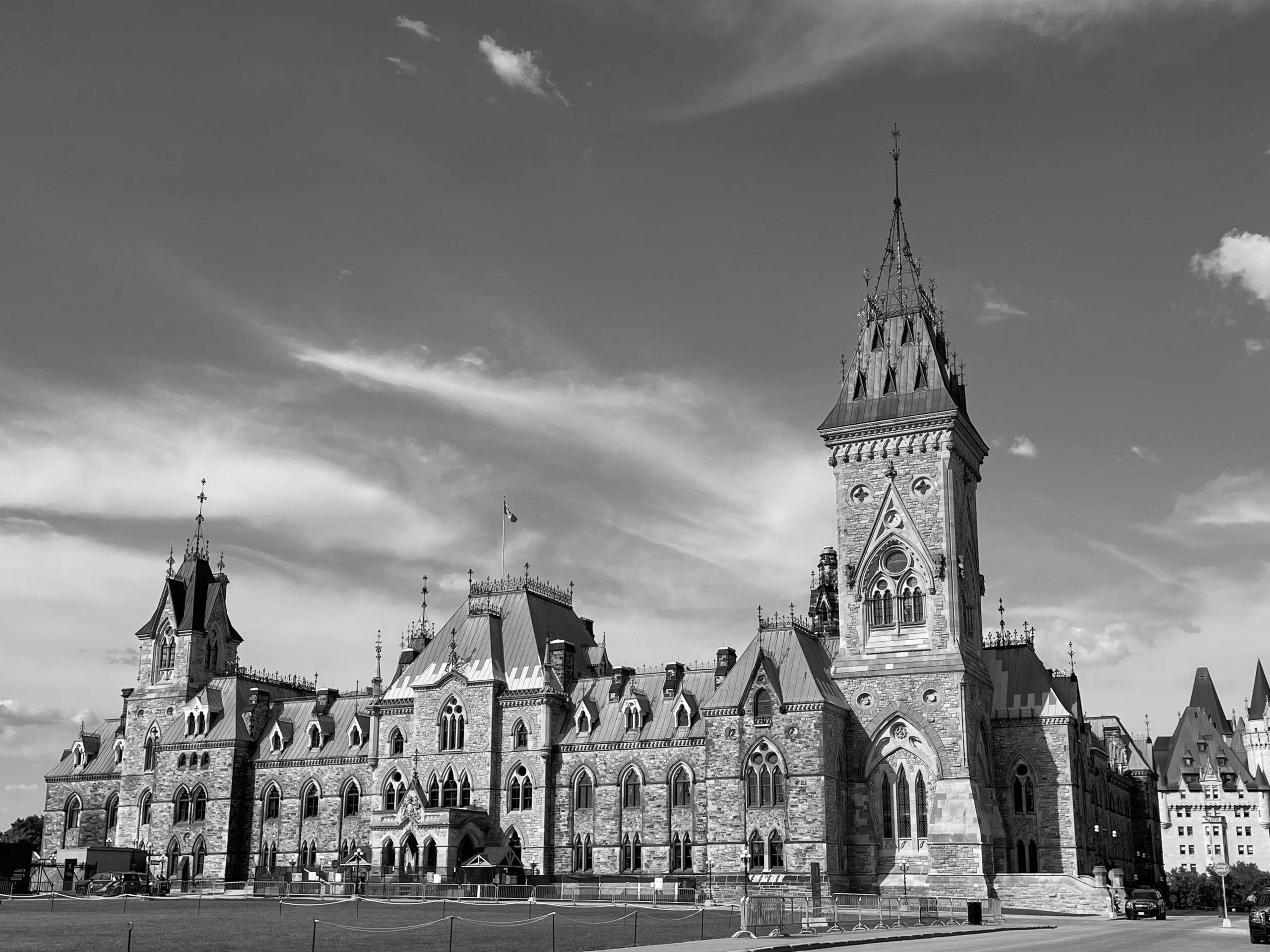
The conference opened with a keynote given by Sarah Hall, stained-glass artist. She spoke about the evolution of her practice from her studies at Swansea College of Art in Wales through her time researching Middle Eastern techniques including gold leafing on glass through to her early works to her more recent ones that incorporate technology, such as photovoltaic glass, and some of her latest designs dubbed ‘bird-friendly glass’. She has a vast body of work which can be seen around the world. In Vancouver, we are lucky enough to have two of her installations – the Lux Nova at Regent College near the UBC Point Grey campus, and the Welcoming Light bell spire at Christ Church Cathedral. Recently she donated her design records to Library and Archives Canada.
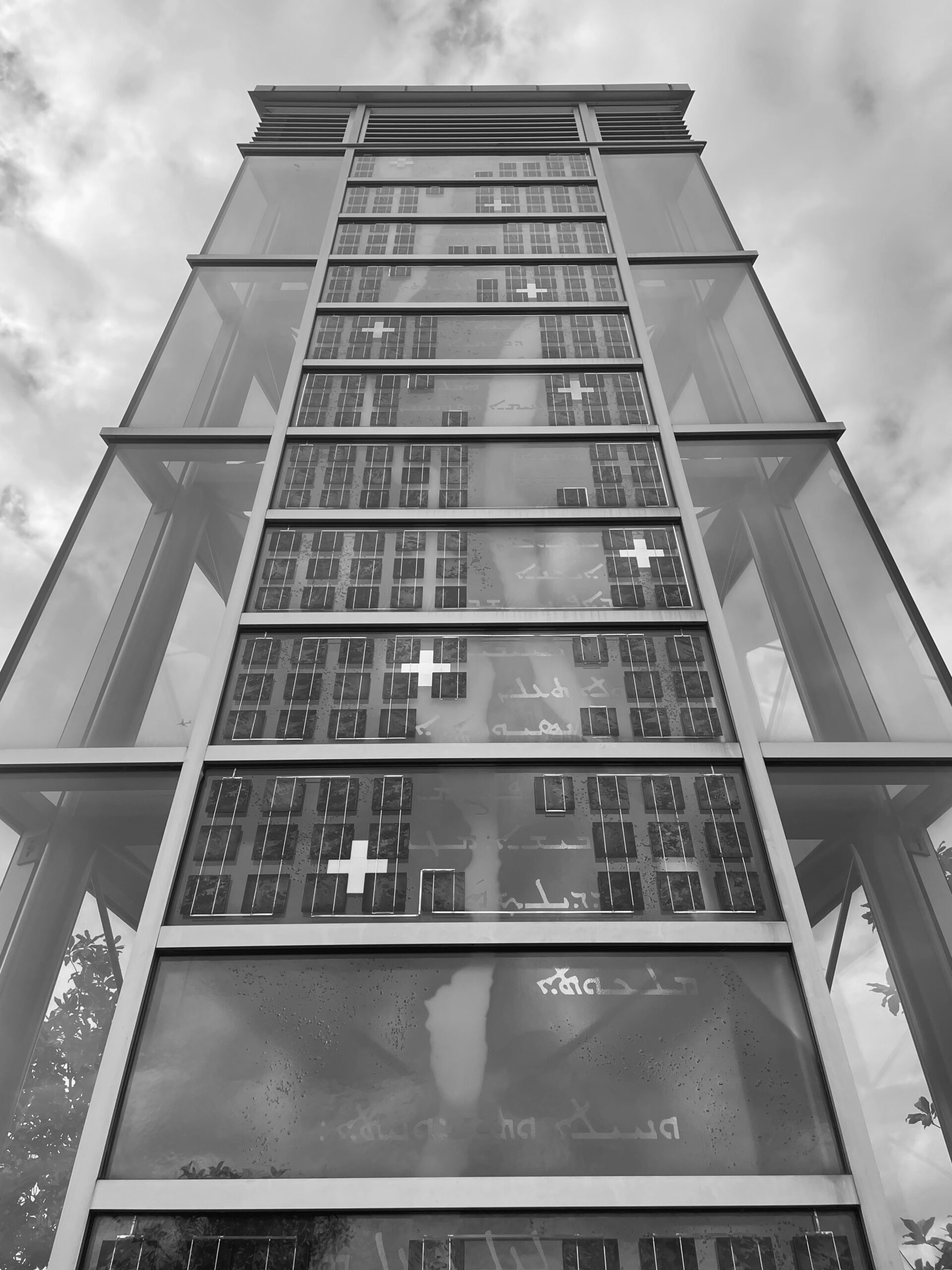
The keynote was a perfect opening to the conference which was filled with excellent sessions ranging in thematic topics such as ‘Architecture in the Archives’, ‘Interior Architecture’, and ‘Legacy of CAD’. The papers presented during the ‘Architecture in the Archives’ session, chaired by Nicola Krantz, Architectural Archivist, Private Archives and Published Heritage at Library and Archives Canada and Robb Gilbert, Archivist at the Canadian Architectural Archives at the University of Calgary, were given by both archivists and researchers who have made extensive use of various archives. During this three-part session, I was reminded of how important it is to nurture relationships through clear and timely communication between an archivist (and the archivist’s institution) and donors. In doing so, expectations on both sides can be better aligned, and if issues or challenges related to the records arise, they can be solved more easily because there is a working relationship already in place. Through other presentations, I was challenged to reframe my perception of ‘mundane’ records, seeing instead the potential rich data that can be mined from them for researchers. An example from one of the presenters was that of timesheets from an architectural firm that allowed for an analysis of the percentage of the workforce who were female, and the roles they held.

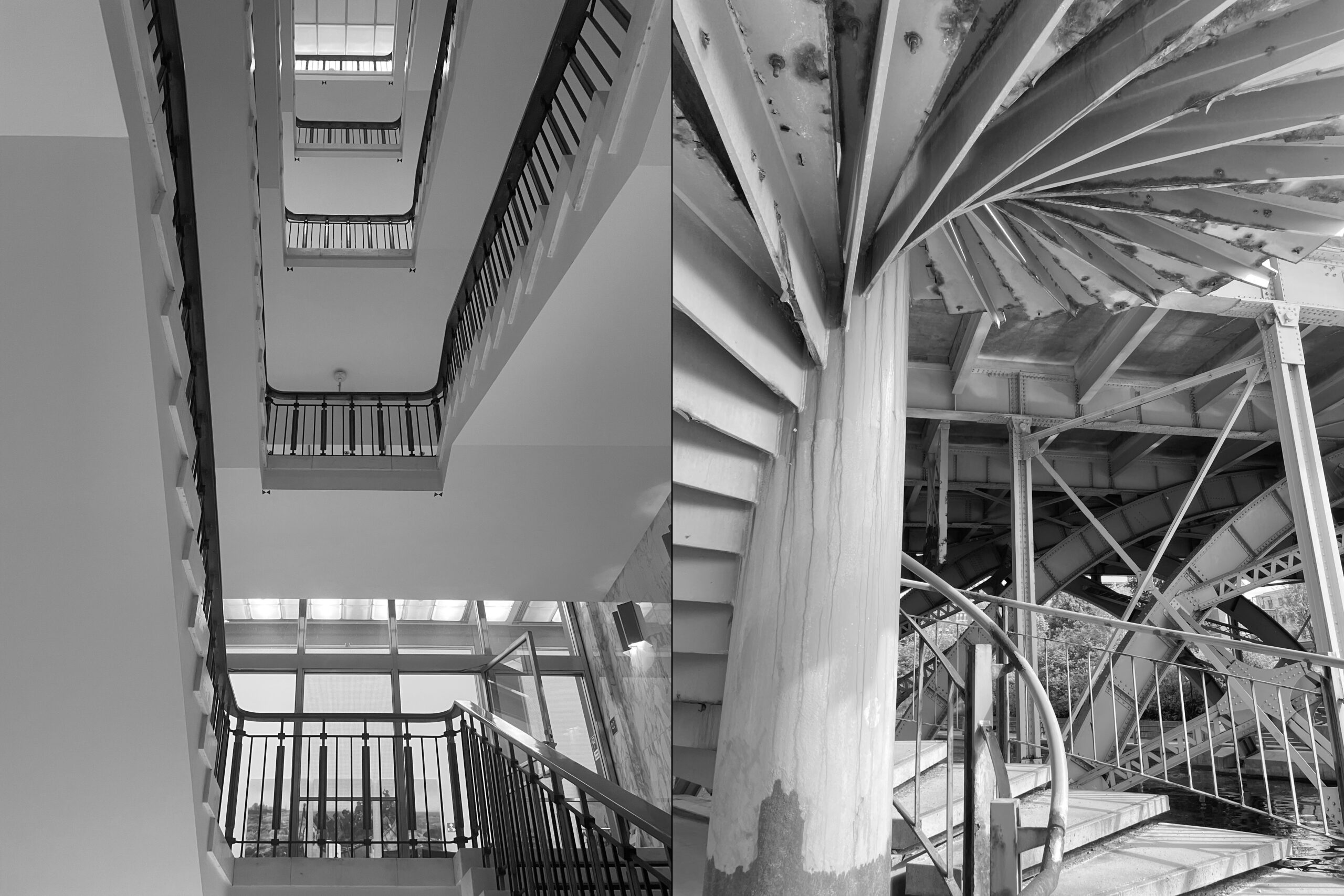
As an archivist, it is always helpful to hear the researcher’s perspective of their experiences and processes with archival institutions – the ease of accessibility (or equally the barriers to accessibility), the usefulness of finding aids (or equally the uselessness of some finding aids), and ideas they have regarding how to make the archival research process better.
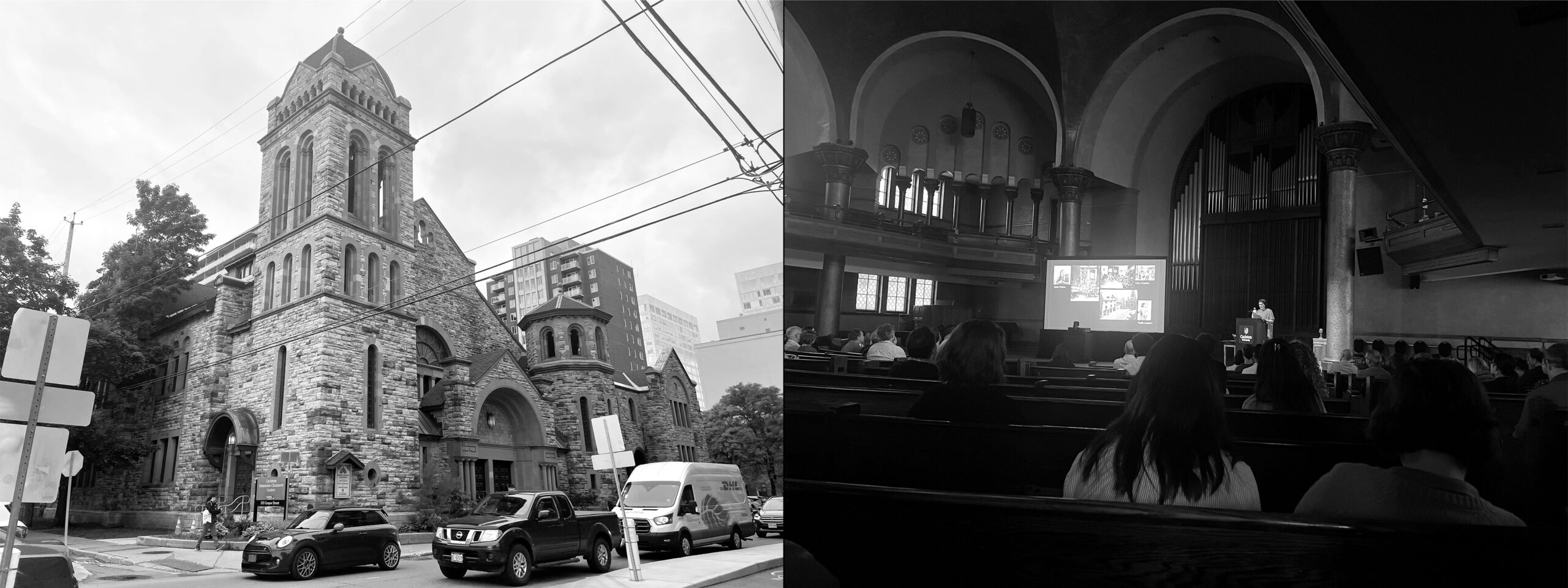
In addition to the sessions, there were various engaging architectural walking tours of Ottawa, as well as social sessions. The latter provided space for many intellectually stimulating conversations with other conference attendees, while the walking tours gave me a better appreciation for Ottawa’s architectural history.
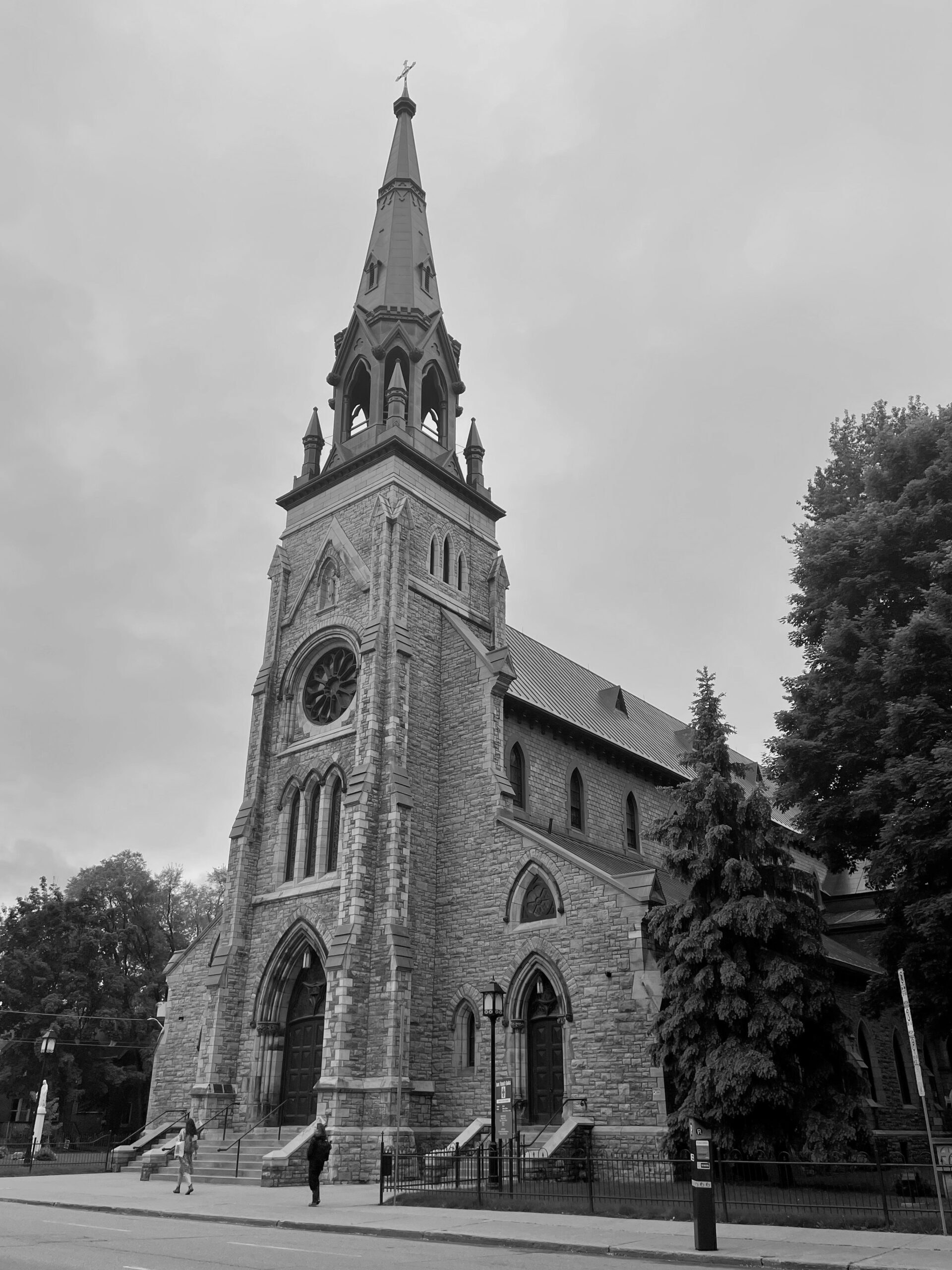
While most of this professional development opportunity was self-funded, I am grateful for the City’s support in contributing the registration fee.
________________________________________________________________________
[1] Society for the Study of Architecture in Canada, ‘Our Society’, Society for the Study of Architecture in Canada https://canada-architecture.org/ [accessed 2 June 2025].
[2] James W. Knight, ‘Architectural Records and Archives in Canada: Toward a National Programme’, Archivaria, 3 (1976), 62–72.
[3] Side note: The heritage professional and architectural historian Harold Kalman was at the first conference. The City of Vancouver Archives has the Harold D. Kalman fonds and the Commonwealth Historic Resource Management Ltd. fonds.
